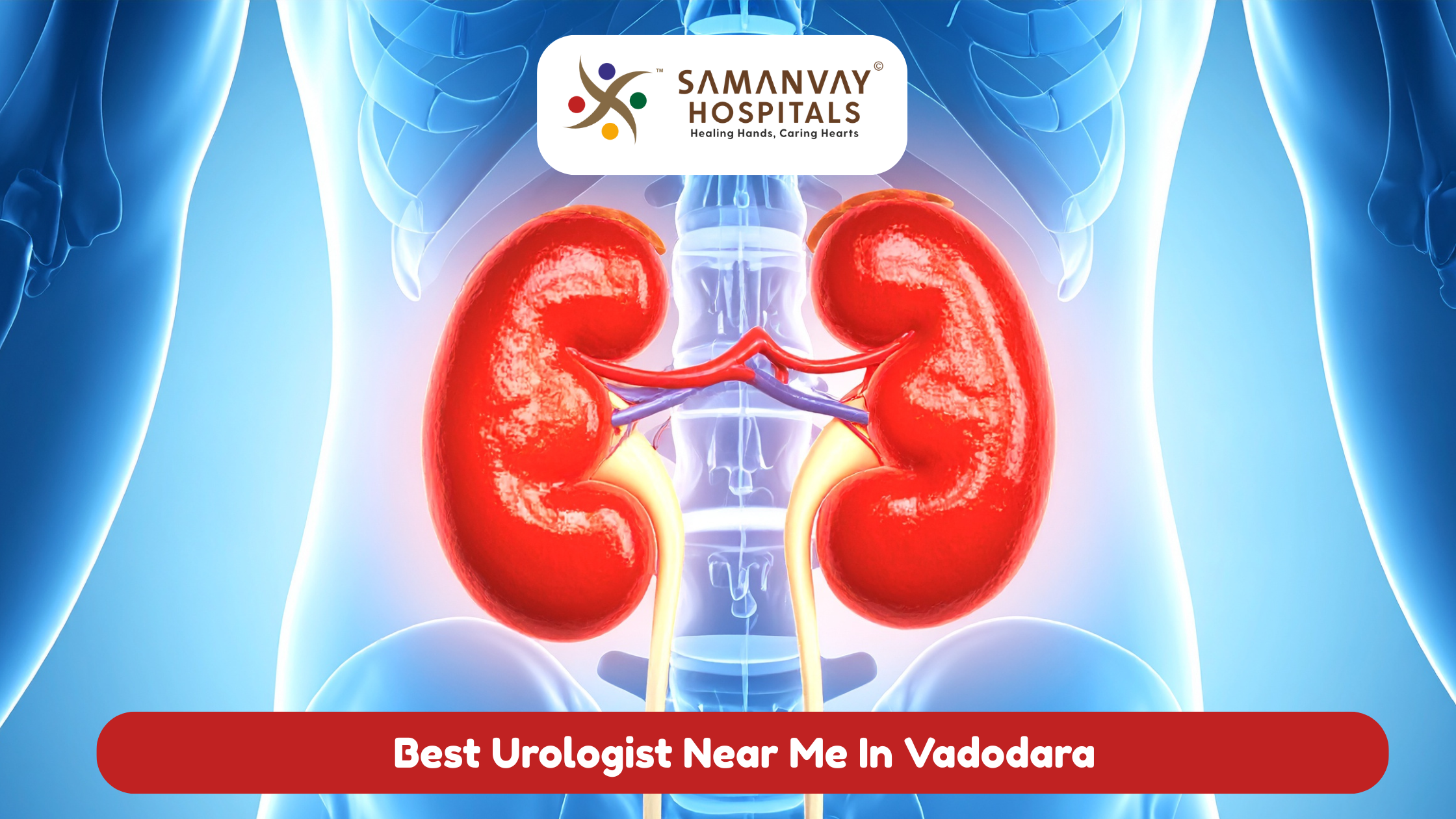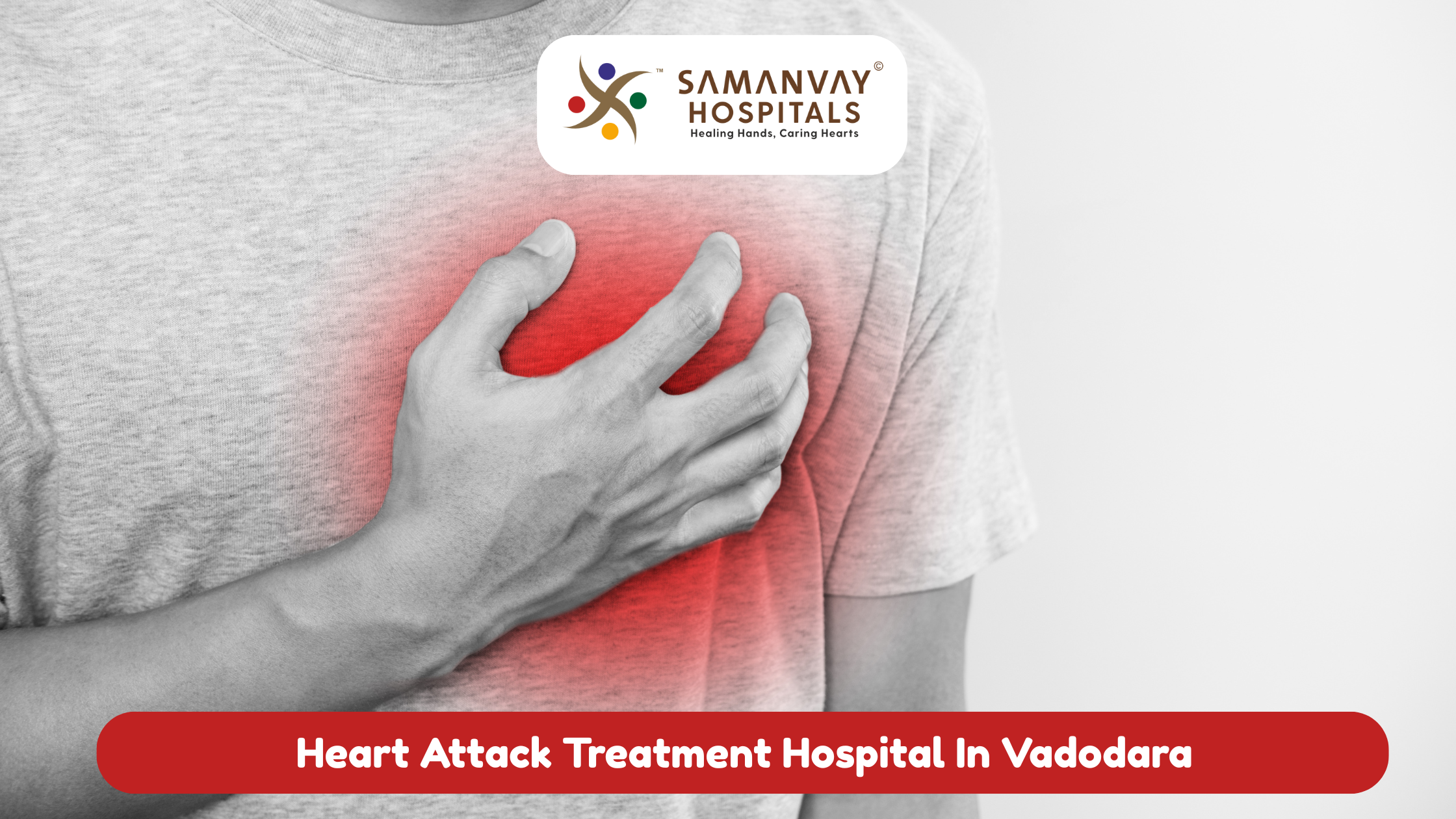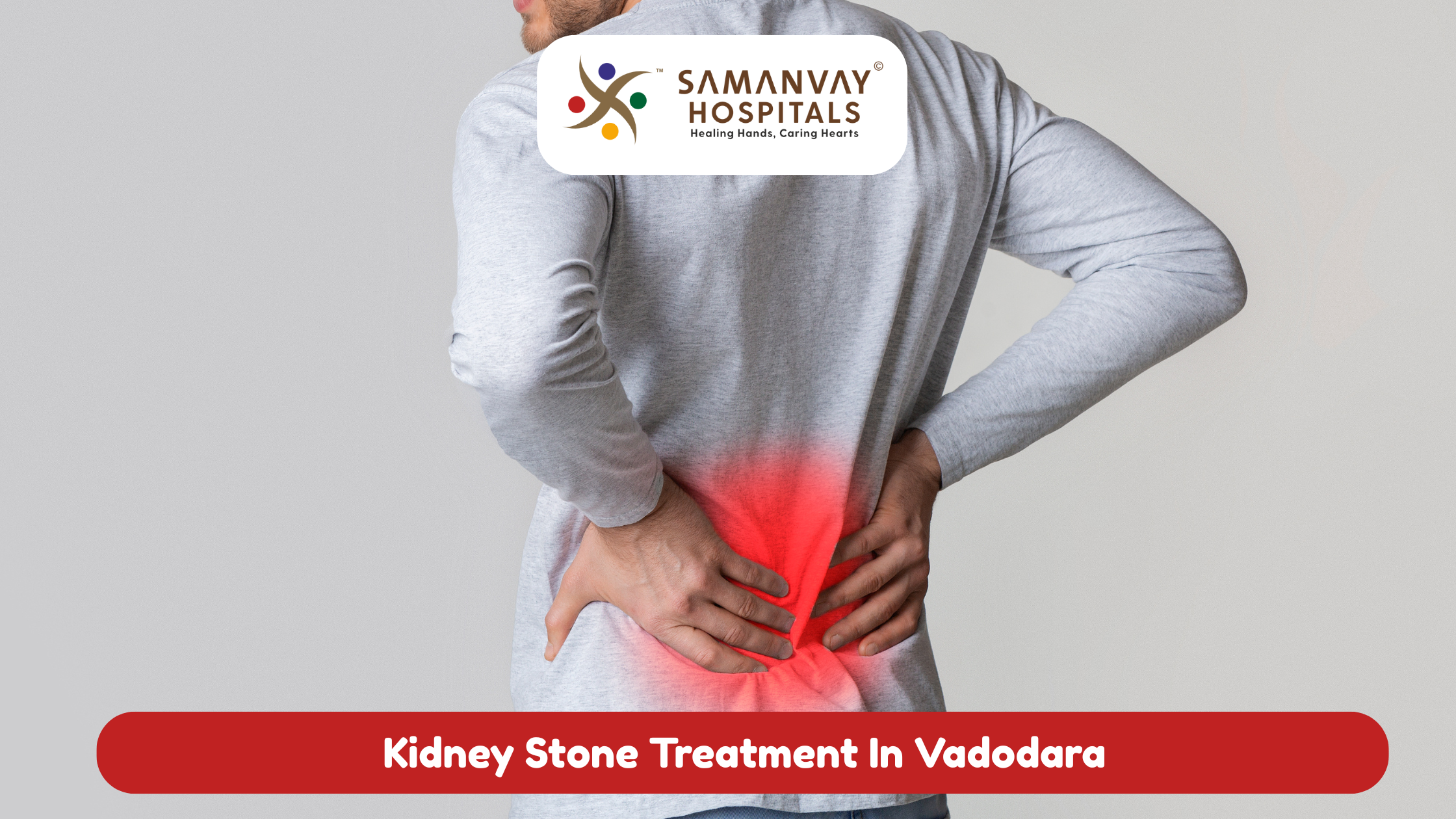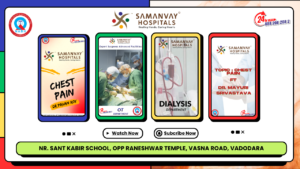
The use of advanced technology in Intensive Care Units (ICUs) has revolutionized the care of patients by medical professionals. The new technology is enhancing the diagnosis, treatment, and overall recovery of patients. With more tools and technologies, hospitals are now able to offer better standards of care in emergencies. This blog will address how newer technology is improving the results of ICU patients, for example, in the critical care unit in hospital, and why the likes of Baroda’s top-rated hospital are implementing these technologies.
Improved Monitoring and Earliest Detection
The most significant advance in ICUs is being able to observe the patients more intimately. Critical signs such as heart rate, blood pressure, and oxygen level are observed in real-time, thereby enabling the medical team to catch changes as and when they are happening. This continuous monitoring can detect any coming problem early enough, allowing early intervention.
Apart from this, advanced monitoring systems can track even minute changes in the health of a patient. This enables doctors to react in time, preventing complications from becoming life-threatening. The intensive care unit of the hospital can function more effectively with these systems, providing proper treatment to critically ill patients.
Better Treatment and Equipment
The development of advanced medical devices has greatly improved the quality of ICU care. Machines like ventilators, infusion pumps, and dialysis machines have become more effective and efficient. These machines ensure that the patients are treated in time with greater recovery possibilities.
Furthermore, technological progress has seen the development of robotic systems that assist in operations and other interventions. The systems provide greater accuracy, reducing human error in sensitive procedures. Consequently, patients recover more quickly and experience fewer complications, enhancing overall outcomes.
Telemedicine and Remote Monitoring
Telemedicine has been an essential part of ICUs lately. With the help of telemedicine, doctors can talk with specialists from great distances, aiding them in bringing the best level of care available even to people who do not live anywhere near them. Telemedicine permits quicker decision-making and helps patients have the best level of care they can get anywhere regardless of the location.
Furthermore, telemedicine enables continuous monitoring of a patient’s status. This enables the monitoring of patient status in real-time even in the absence of the medical staff from being with the patient. Thus, this reduces assessment-to-treatment time, thus better outcomes.
Data Analytics and Predictive Models
They also include the use of predictive models and data analytics. These technologies scan large volumes of patient data to predict potential complications. For example, they can predict which patients are likely to have infections or sepsis and thereby allow healthcare workers to take action to prevent it.
Besides, predictive models help doctors select the best treatment for a patient based on their individual traits and medical history. This individualized approach to treatment increases the likelihood of successful outcomes, thus optimizing the performance of the hospital intensive care unit.
Integration of AI and Machine Learning
Machine learning and artificial intelligence are revolutionizing ICUs by their capability to provide effective diagnostic and treatment resources. Artificial intelligence can process vast amounts of data, and identify patterns and predictions that no human can identify. This helps ensure that doctors can make informed decisions, improving the patient’s care in the ICU hospital.
Machine learning systems can continue to learn and update themselves according to new data and enhance their accuracy even more. The technologies are already being used to monitor patient vitals, detect early signs of deterioration, and recommend personalized treatment protocols. Patients in the intensive care unit of a hospital thus benefit from faster and more precise interventions.
Impact on Recovery and Patient Satisfaction
The general goal of all these technologies is to improve the recovery of patients. ICU patients, especially those who are in critical care units, usually have serious health problems. But with the assistance of modern technology, hospitals are now able to give better treatment and care. Therefore, this has led to a shorter recovery time and improved long-term outcomes for the patients.
Moreover, such technological advancements have a huge influence on patient satisfaction. Through good diagnosis and good treatment results, the patients are more confident in the kind of treatment being administered. In turn, they feel assured of greater security, something that can quite significantly influence the healing process.
Conclusion
Overall, technological advancement in ICUs is revolutionizing how healthcare professionals care for their patients. From advanced monitoring systems to the application of AI, these technologies are saving lives and enhancing recovery. The hospital intensive care unit is no longer a source of uncertainty but of accuracy and empathy. aug hospitals like Baroda best hospital are embracing these innovations to provide the best treatment for their patients. As a result of constant innovation, the future of patient care in ICUs never seemed brighter.







